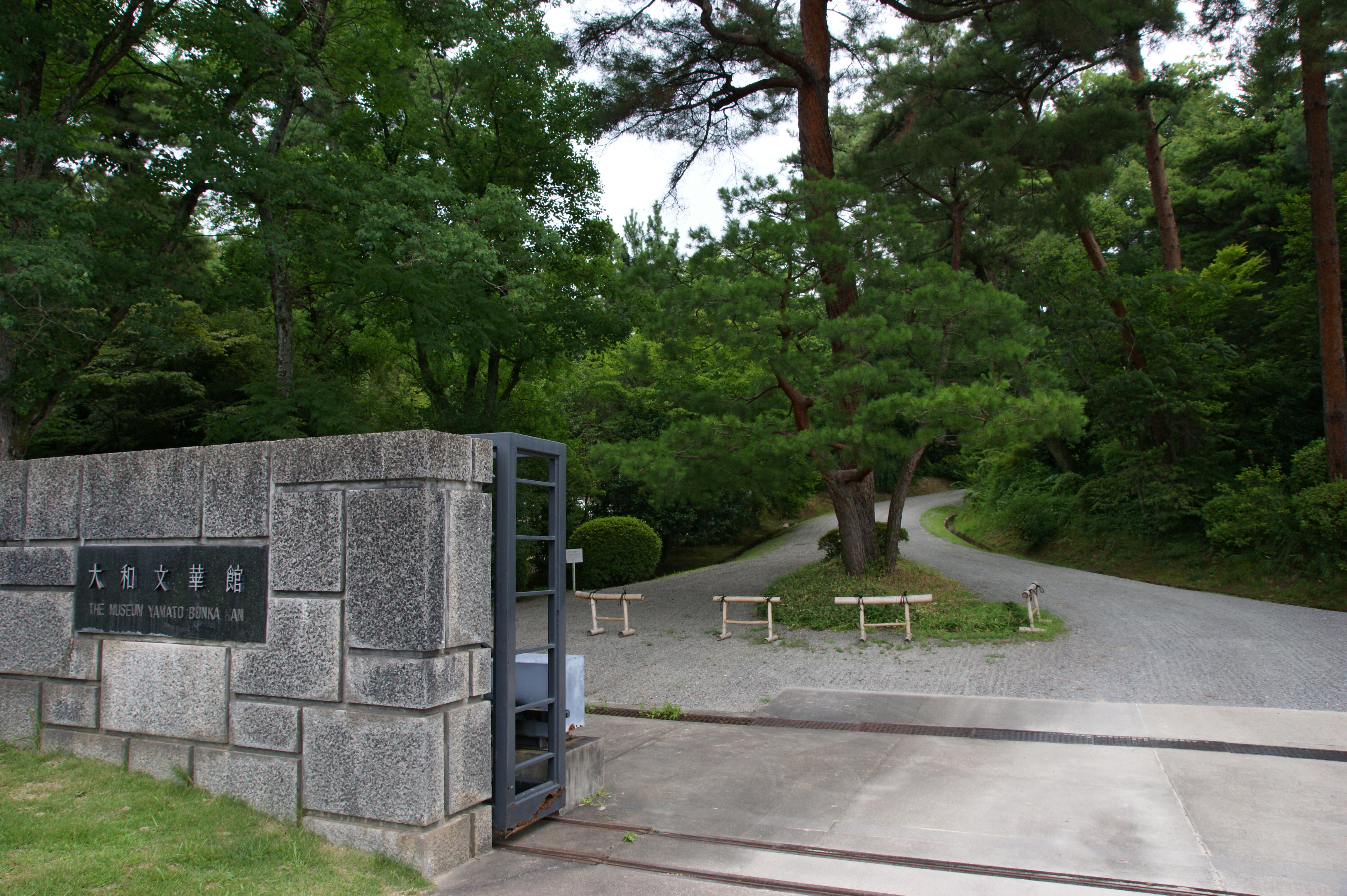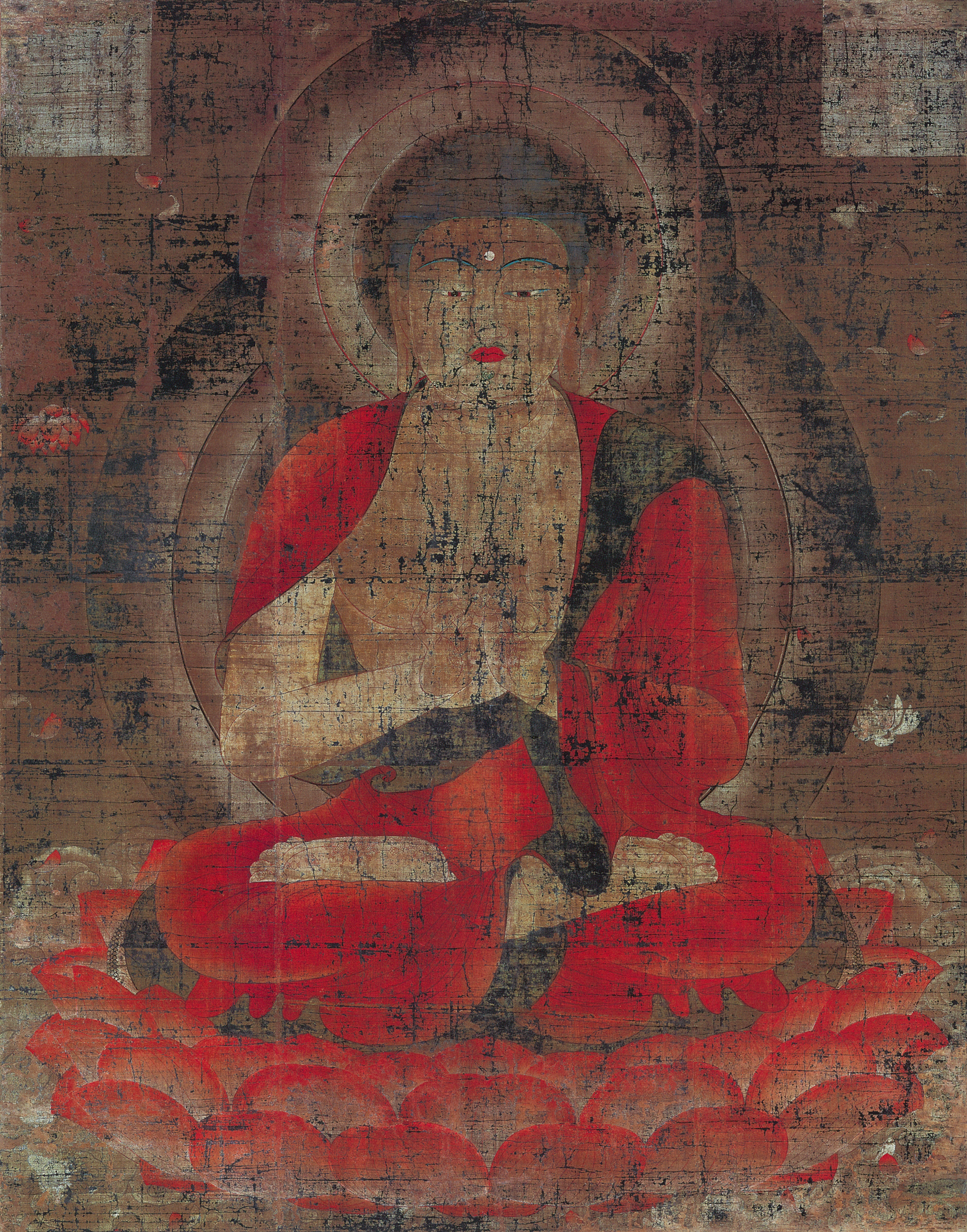|
Nara Prefectural Museum Of Art
opened in Nara, Japan in 1973. The collection numbers some 4,100 items and special exhibitions are also held. See also * Yamato Bunkakan * Nara National Museum * List of Cultural Properties of Japan - paintings (Nara) This list is of the Cultural Properties of Japan designated in the category of for the Prefectures of Japan, Prefecture of Nara Prefecture, Nara. National Cultural Properties As of 1 July 2019, one hundred and sixty Important Cultural Propertie ... References External links *Nara Prefectural Museum of ArtNara Prefectural Museum at Google Cultural Institute Museums in Nara, Nara Art museums and galleries in Japan Museums established in 1973 1973 establishments in Japan {{Japan-museum-stub ... [...More Info...] [...Related Items...] OR: [Wikipedia] [Google] [Baidu] |
Nara, Nara
is the capital city of Nara Prefecture, Japan. As of 2022, Nara has an estimated population of 367,353 according to World Population Review, making it the largest city in Nara Prefecture and sixth-largest in the Kansai region of Honshu. Nara is a core city located in the northern part of Nara Prefecture bordering the Kyoto Prefecture. Nara was the capital of Japan during the Nara period from 710 to 794 as the seat of the Emperor before the capital was moved to Kyoto. Nara is home to eight temples, shrines, and ruins, specifically Tōdai-ji, Saidai-ji, Kōfuku-ji, Kasuga Shrine, Gangō-ji, Yakushi-ji, Tōshōdai-ji, and the Heijō Palace, together with Kasugayama Primeval Forest, collectively form the Historic Monuments of Ancient Nara, a UNESCO World Heritage Site. Etymology By the Heian period, a variety of different characters had been used to represent the name Nara: , , , , , , , , , , , , , , , and . A number of theories for the origin of the name "Nara" have been pro ... [...More Info...] [...Related Items...] OR: [Wikipedia] [Google] [Baidu] |
Nara Prefecture
is a prefecture of Japan located in the Kansai region of Honshu. Nara Prefecture has a population of 1,321,805 and has a geographic area of . Nara Prefecture borders Kyoto Prefecture to the north, Osaka Prefecture to the northwest, Wakayama Prefecture to the southwest, and Mie Prefecture to the east. Nara is the capital and largest city of Nara Prefecture, with other major cities including Kashihara, Ikoma, and Yamatokōriyama. Nara Prefecture is located in the center of the Kii Peninsula on Japan's Pacific Ocean coast, and is one of only eight landlocked prefectures. Nara Prefecture has the distinction of having more UNESCO World Heritage listings than any other prefecture in Japan. History Nara Prefecture region is considered one of the oldest regions in Japan, having been in existence for thousands of years, and is widely viewed as the Japanese cradle of civilization. Like Kyoto, Nara was one of Imperial Japan's earliest capital cities. The current form of Nara Prefec ... [...More Info...] [...Related Items...] OR: [Wikipedia] [Google] [Baidu] |
Japan
Japan ( ja, 日本, or , and formally , ''Nihonkoku'') is an island country in East Asia. It is situated in the northwest Pacific Ocean, and is bordered on the west by the Sea of Japan, while extending from the Sea of Okhotsk in the north toward the East China Sea, Philippine Sea, and Taiwan in the south. Japan is a part of the Ring of Fire, and spans Japanese archipelago, an archipelago of List of islands of Japan, 6852 islands covering ; the five main islands are Hokkaido, Honshu (the "mainland"), Shikoku, Kyushu, and Okinawa Island, Okinawa. Tokyo is the Capital of Japan, nation's capital and largest city, followed by Yokohama, Osaka, Nagoya, Sapporo, Fukuoka, Kobe, and Kyoto. Japan is the List of countries and dependencies by population, eleventh most populous country in the world, as well as one of the List of countries and dependencies by population density, most densely populated and Urbanization by country, urbanized. About three-fourths of Geography of Japan, the c ... [...More Info...] [...Related Items...] OR: [Wikipedia] [Google] [Baidu] |
Agency For Cultural Affairs
The is a special body of the Japanese Ministry of Education, Culture, Sports, Science and Technology (MEXT). It was set up in 1968 to promote Japanese arts and culture. The agency's budget for FY 2018 rose to ¥107.7 billion. Overview The agency's Cultural Affairs Division disseminates information about the arts within Japan and internationally, and the Cultural Properties Protection Division protects the nation's cultural heritage. The Cultural Affairs Division is concerned with such areas as art and culture promotion, art copyrights, and improvements in the national language. It also supports both national and local arts and cultural festivals, and it funds traveling cultural events in music, theater, dance, art exhibitions, and film-making. Special prizes are offered to encourage young artists and established practitioners, and some grants are given each year to enable them to train abroad. The agency funds national museums of modern art in Kyoto and Tokyo and The National ... [...More Info...] [...Related Items...] OR: [Wikipedia] [Google] [Baidu] |
Yamato Bunkakan
is a museum of Asian art in Nara, Nara. The museum was established in 1960Martin, John ''et al.'' (1993) ''Nara: a Cultural Guide to Japan's Ancient Capital,'' p. 139./ref> to preserve and display the private collection of Kintetsu Corporation (named Kinki Nippon Railway Co., Ltd. till June 27, 2003). Collection This museum of Asian art has holdings of more than twenty thousand objects of sculpture, ceramics, lacquer, paintings, prints, textiles and calligraphy. The museum features a program of regularly changing exhibitions. The founding director in 1960 was art historian Yukio Yashiro. National treasures Two national treasures in the collection are illustrative scenes from . S ...
|
Nara National Museum
The is one of the pre-eminent national art museums in Japan. Introduction The Nara National Museum is located in Nara, Nara, Nara, which was the capital of Japan from 710 to 784. Katayama Tōkuma (1854–1917) designed the original building, which is a representative Western-style building of the Meiji period and has been designated an Important Cultural Properties of Japan, Important Cultural Property in Japan. Junzō Yoshimura (1908–1997) designed a supplemental building in 1973. Collections The museum is noted for its collection of Buddhist art, including images, sculpture, and altar articles. The museum houses and displays works of art belonging to temples and shrines in the Nara, Nara, Nara area. Properties kept in the Shōsōin repository are exhibited each year in the autumn. In the museum's collection is the 12th-century , 11th or 12th-century mandala Jōdo mandara-zu, and the 9th-century sculpture of the seated Bhaisajyaguru, Buddha Yakushi. History The Nara Natio ... [...More Info...] [...Related Items...] OR: [Wikipedia] [Google] [Baidu] |
List Of Cultural Properties Of Japan - Paintings (Nara)
This list is of the Cultural Properties of Japan designated in the category of for the Prefectures of Japan, Prefecture of Nara Prefecture, Nara. National Cultural Properties As of 1 July 2019, one hundred and sixty Important Cultural Properties of Japan, Important Cultural Properties have been Cultural Properties of Japan, designated (including eighteen *National Treasures of Japan, National Treasures), being of national Values (heritage), significance. Prefectural Cultural Properties As of 1 April 2018, forty-three properties have been Cultural Properties of Japan, designated at a prefectural level. Municipal Cultural Properties Properties Cultural Property (Japan), designated at a municipal level include: See also * Cultural Properties of Japan * List of National Treasures of Japan (paintings) * Japanese painting * List of Historic Sites of Japan (Nara) * List of Cultural Properties of Japan - historical materials (Nara) References External links *Cultural Pr ... [...More Info...] [...Related Items...] OR: [Wikipedia] [Google] [Baidu] |
Museums In Nara, Nara
A museum ( ; plural museums or, rarely, musea) is a building or institution that cares for and displays a collection of artifacts and other objects of artistic, cultural, historical, or scientific importance. Many public museums make these items available for public viewing through exhibits that may be permanent or temporary. The largest museums are located in major cities throughout the world, while thousands of local museums exist in smaller cities, towns, and rural areas. Museums have varying aims, ranging from the conservation and documentation of their collection, serving researchers and specialists, to catering to the general public. The goal of serving researchers is not only scientific, but intended to serve the general public. There are many types of museums, including art museums, natural history museums, science museums, war museums, and children's museums. According to the International Council of Museums (ICOM), there are more than 55,000 museums in 202 countries ... [...More Info...] [...Related Items...] OR: [Wikipedia] [Google] [Baidu] |
Art Museums And Galleries In Japan
Art is a diverse range of human activity, and resulting product, that involves creative or imaginative talent expressive of technical proficiency, beauty, emotional power, or conceptual ideas. There is no generally agreed definition of what constitutes art, and its interpretation has varied greatly throughout history and across cultures. In the Western tradition, the three classical branches of visual art are painting, sculpture, and architecture. Theatre, dance, and other performing arts, as well as literature, music, film and other media such as interactive media, are included in a broader definition of the arts. Until the 17th century, ''art'' referred to any skill or mastery and was not differentiated from crafts or sciences. In modern usage after the 17th century, where aesthetic considerations are paramount, the fine arts are separated and distinguished from acquired skills in general, such as the decorative or applied arts. The nature of art and related concepts, ... [...More Info...] [...Related Items...] OR: [Wikipedia] [Google] [Baidu] |
Museums Established In 1973
A museum ( ; plural museums or, rarely, musea) is a building or institution that cares for and displays a collection of artifacts and other objects of artistic, cultural, historical, or scientific importance. Many public museums make these items available for public viewing through exhibits that may be permanent or temporary. The largest museums are located in major cities throughout the world, while thousands of local museums exist in smaller cities, towns, and rural areas. Museums have varying aims, ranging from the conservation and documentation of their collection, serving researchers and specialists, to catering to the general public. The goal of serving researchers is not only scientific, but intended to serve the general public. There are many types of museums, including art museums, natural history museums, science museums, war museums, and children's museums. According to the International Council of Museums (ICOM), there are more than 55,000 museums in 202 countries ... [...More Info...] [...Related Items...] OR: [Wikipedia] [Google] [Baidu] |





